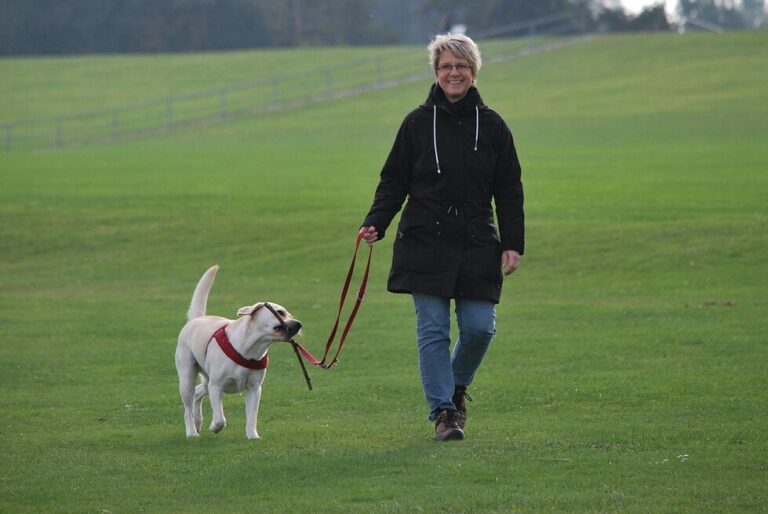20 Smart Habits To Prevent Coyote Encounters With Pets
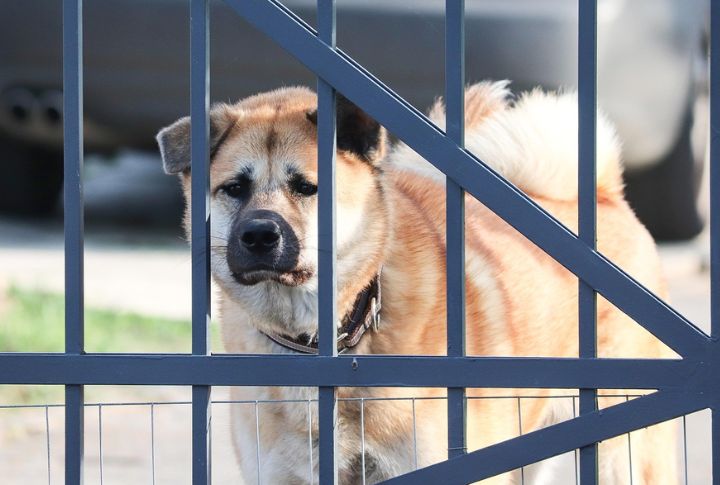
A quiet evening dog walk can turn tense when unseen eyes linger in the shadows. Coyotes are clever, adaptable, and always on the lookout for opportunity. Knowing how to safeguard your dog isn’t just precautionary—it’s essential. These 20 practical measures ensure peace of mind in coyote-prone areas.
Choose Dog Parks With Secure Fencing
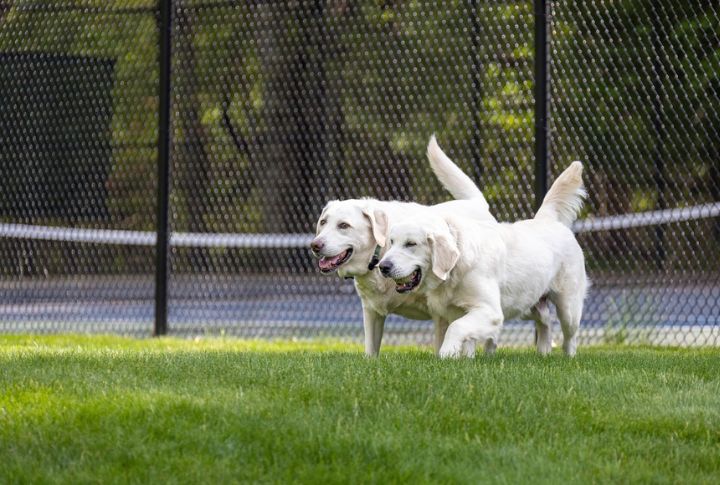
Always go for pet parks that are fully enclosed, with fences that stand at least six feet high and gates that latch securely. Otherwise, coyotes can slip in unnoticed. Additionally, avoid parks near wooded areas or greenbelts, especially around dawn or dusk when these predators tend to roam around freely.
Avoid Leaving Dogs Tied Up Outside Unattended
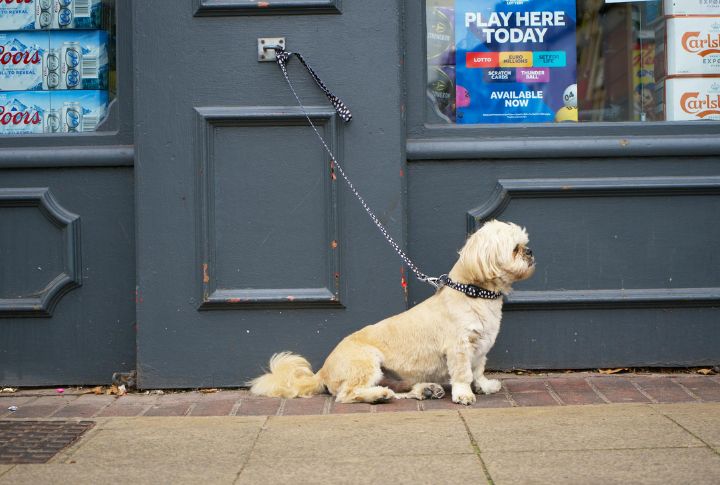
Never leave pets tied up outside and unattended, even briefly. Since tethered dogs cannot escape or even defend themselves, they are vulnerable to dangerous animals. Be sure to supervise pets’ outdoor time and keep them inside if coyote activity has been recently reported in your neighborhood.
Use Fencing That’s At Least Six Feet High
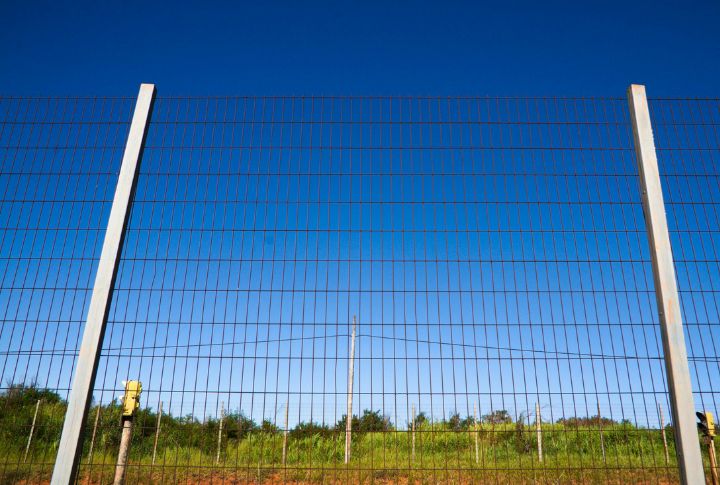
Decorative fences with wide openings provide easy entry points. So, avoid these for enhanced safety. Erect a minimum six-foot fence to prevent coyotes from jumping over. Also, deterrents like rollers or angled tops should be added to foster security. Also, ensure that the vertical slats are closely spaced so that pet predators cannot squeeze through the gaps.
Train Pets To Come Immediately When Called

A strong recall response allows owners to act quickly in emergency cases. With consistent practice, your pet gets to give that much-desired instantaneous reaction when you call them. Immediate dog response comes in handy in unpredictable situations and helps to enhance safety when danger strikes.
Secure Crawl Spaces Under Sheds Or Decks
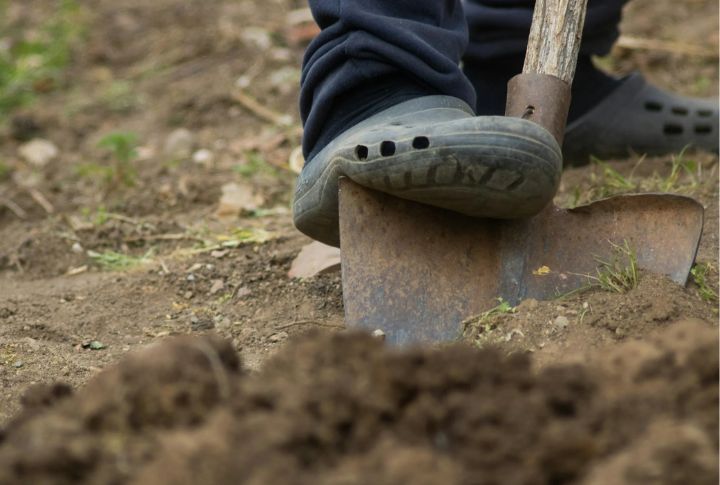
Coyotes tend to seek quiet hiding spots under decks and porches. Make sure that you seal off any gaps in sheds and decks using lattice or hardware cloth. For added security, bury all the edges underground. Additionally, regularly check for signs of digging or disturbances, as it prevents dens from forming near your property.
Reinforce Fence Bottoms With Wire Mesh

Install galvanized wire mesh at least 12 inches deep and angle it outward at 45 degrees to prevent coyotes from digging under fences. Also, choose mesh with a minimum gauge of 14 for durability. This setup disrupts typical digging patterns and creates a strong physical barrier along the fence line.
Use Scent Deterrents Along Fences

Apply strong-smelling deterrents like vinegar or predator urine along fences. Reapply after rain to maintain effectiveness. These scents tap into a coyote’s instinct to avoid perceived threats and help discourage them from approaching your property.
Keep Trash Bins Tightly Sealed

Unsecured garbage is a major draw for coyotes looking for an easy meal. To ward them off, use animal-resistant bins with tightly sealed lids and store them indoors or in locked sheds. Avoid overfilling, as spilled waste encourages repeat visits. Proper trash handling is a great way of preventing coyotes from lingering near homes.
Remove Fallen Fruit From The Ground

Overripe fruit produces strong odors that attract wildlife, including coyotes. Don’t let dropped fruit turn your space into a wildlife buffet invitation—clean it up regularly. Most wild canines associate accessible food with reliable locations. These frequent clean-up efforts discourage unwanted visits and prevent prolonged interest in your property.
Remove Bird Feeders Near Your Yard
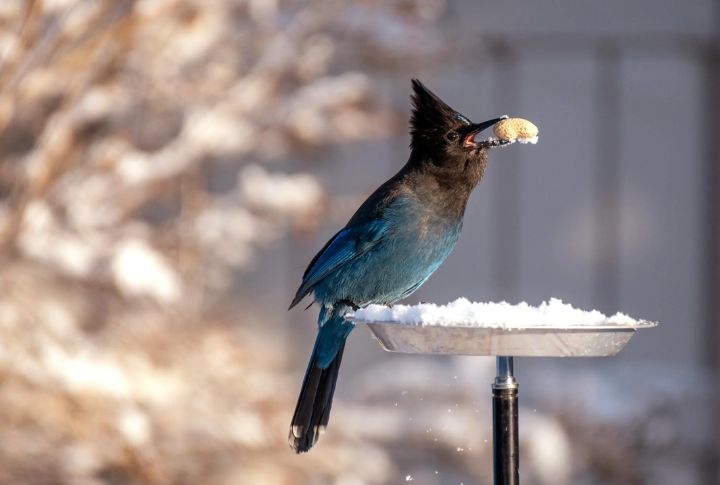
Bird feeders attract squirrels and other rodents, which in turn draw coyotes and create a food chain effect. Relocate feeders away from your residence’s perimeter or remove them entirely, especially when coyote activity is frequent. It’s best to limit any prey presence around, as it keeps the yard less appealing to opportunistic predators.
Carry A Flashlight With A Strobe Function

Using a strobe flashlight improves visibility and also helps to interrupt a coyote’s approach. The flashing light mimics a threat, often causing the animal to pause or retreat. Keep one readily available, especially for dusk or nighttime walks, to enhance safety and reduce the chances of surprise encounters.
Set Up Motion-Activated Sprinklers

Motion-activated sprinklers release sudden bursts of water that scare off any intruding coyotes. For effectiveness, install them around entry points. This helps create an unpredictable environment. It is also a humane solution that reinforces safety without disrupting the neighborhood through chemicals or loud deterrents.
Walk Dogs During Daylight Hours
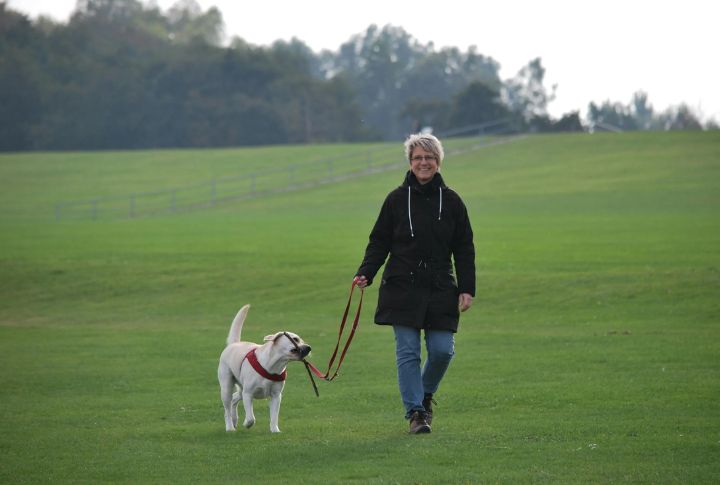
Coyotes are more active at dawn, dusk, and night, which makes daylight walks safer. Choosing daylight hours minimizes the risk of predator attacks, and it provides a more controlled environment for outdoor activities with pets. Daylight also enhances visibility, helps owners spot danger early, and respond quickly.
Stay Off Your Phone During Pet Walks
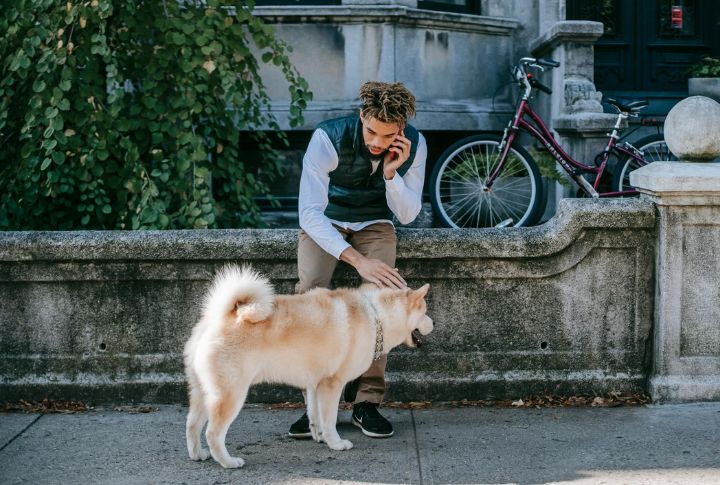
It’s advisable to remain alert during walks for better awareness and faster reaction time. Coyotes are notorious for their quiet approach during attacks. Thus, any phone distractions could be detrimental to your pet’s safety. Alertness further enhances awareness of your surroundings, which reduces the risk of sudden attacks.
Avoid Walking Dogs Near Coyote Habitats
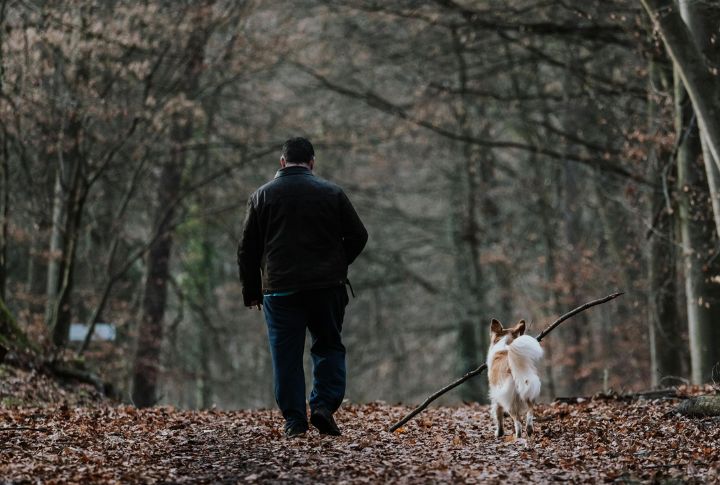
Avoiding bushy areas, open fields, and wooded spaces minimizes the chance of encountering coyotes since these locations offer ideal shelter and hunting grounds for these predators. Choosing well-populated routes enhances safety and keeps dogs away from areas where wild canines are more likely to roam.
Use An Air Horn If A Coyote Appears
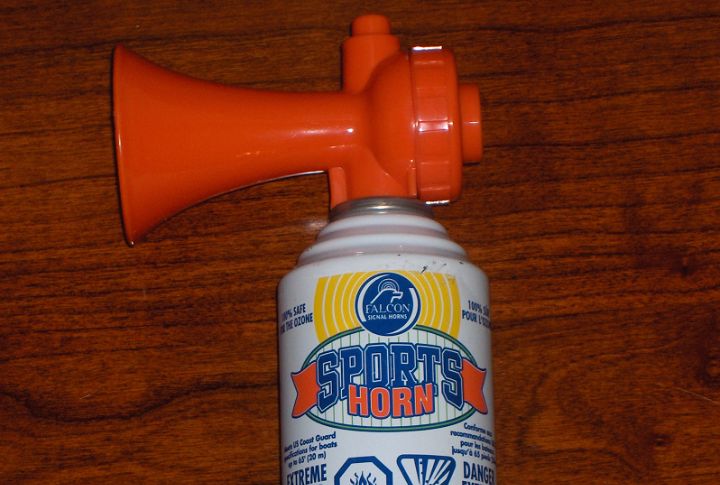
A blast from an air horn disrupts a coyote’s approach, which in return makes it reconsider engagement. This sudden, loud noise effectively deters the animal, creating a safe moment to retreat with your pet. Experts recommend carrying one in high-risk areas, especially during early morning or evening walks.
Store Dog Food Inside The House
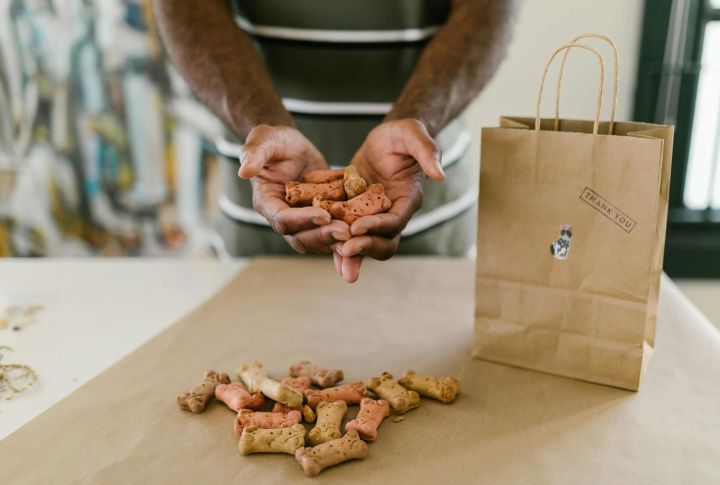
Leaving pet food outside invites coyotes by offering an easy and consistent food source. This not only increases the chances of repeat visits but also makes your yard part of their territory. Always store pet food indoors and clean up leftovers to avoid attracting unwanted wildlife.
Keep Dogs Indoors At Night

Coyotes are mainly nocturnal. For pet owners, keeping dogs indoors overnight is a significant safety measure. By doing so, you reduce the risk of pets encountering dangerous wildlife. This straightforward precaution also provides peace of mind, knowing that your dog is safe during vulnerable hours.
Install Outdoor Cameras With Night Vision
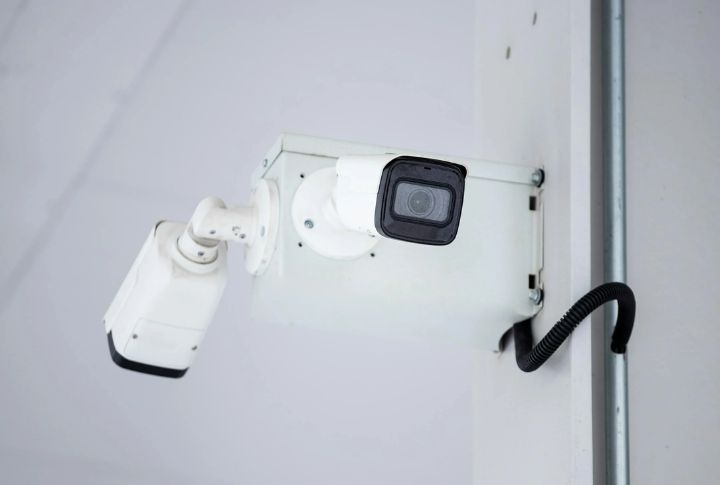
Night vision cameras allow you to track coyote activity around your property, even after dark. Reviewing footage can reveal movement patterns and potential entry points. This information helps you fine-tune your deterrents and, if needed, report sightings to local wildlife authorities for further action.
Trim Overgrown Vegetation Around Your Yard
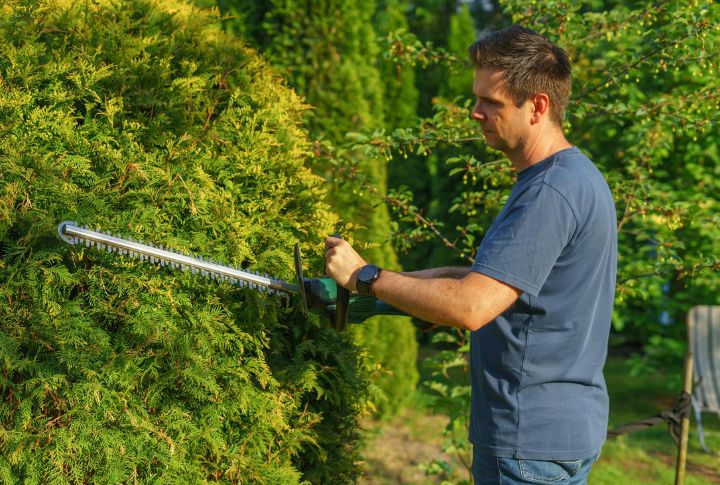
Coyotes use thick vegetation for cover when approaching homes. Cut back tall grass, remove dense shrubs, and clear brush near fences or structures. Keeping the yard open limits their ability to hide and reduces the chance of a close encounter.


